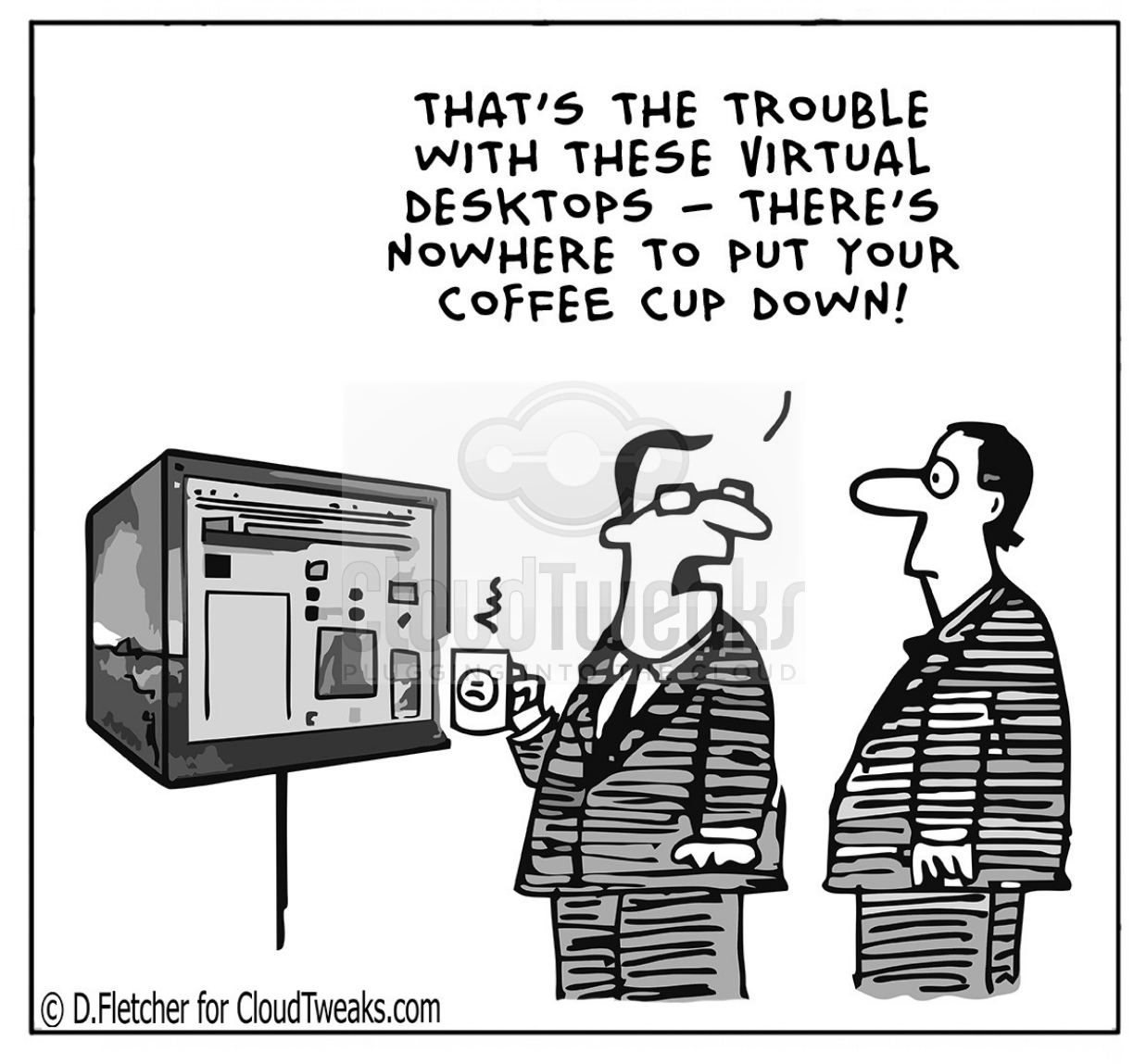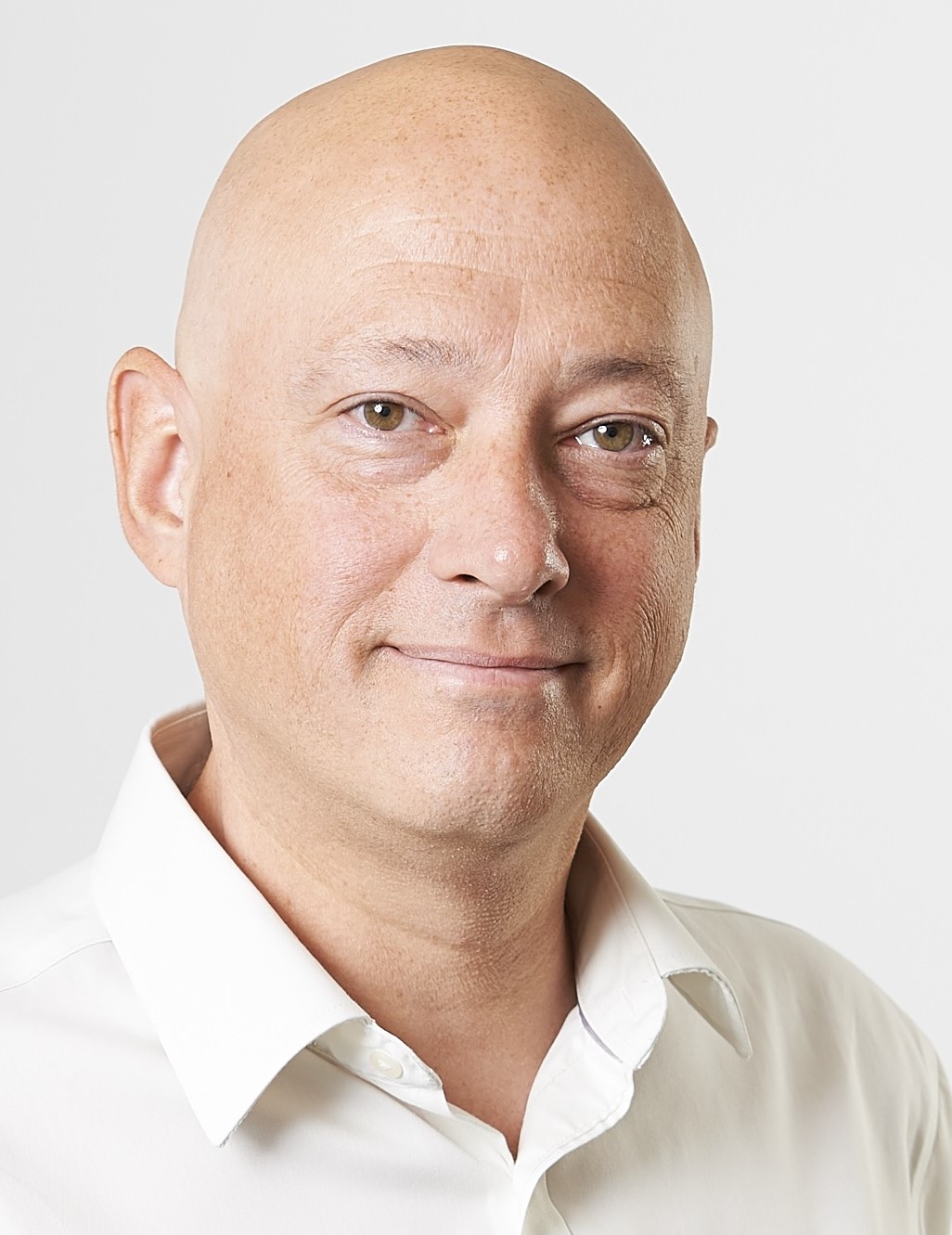Virtual Desktop Infrastructure (VDI) technology enables remote users to access their desktop from anywhere using an internet connection. This technology has been around for a couple of decades but never received wide-scale corporate acceptance. Covid-19 has put the spotlight back on VDI and 2020 might well be the tipping point for this technology to go mainstream. Here are the top five reasons why:

- Covid-19 has drastically altered the future of work
The pandemic has surged the adoption of work from home practices across organizations. Businesses are now demanding technology that is more secure, scalable, mobile and cost-effective. Enterprises are shifting focus to centralized VDI technologies such as Windows Virtual Desktop from Microsoft and Virtual Apps and Desktops from Citrix that promise to be leaner and more secure. Since the bulk of the processing is done on servers in the cloud, enterprises don’t need to deploy expensive hardware for employees to access resources. This also simplifies device management, support and security. None of the connecting devices store any sensitive data so this approach is extremely secure for remote workers. Software updates and patches can be easily applied across all access device hardware efficiently and securely, ensuring everyone is up to date.
- Cloud has kickstarted VDI acceptance
There is no debate that the demand for cloud-based computing has skyrocketed. Per Gartner research, public cloud services are set to grow by 19% in an IT market that is expected to decline by 8% overall in 2020. Previously, organizations were hesitant to move critical workloads to the cloud due to security concerns but with Microsoft alone investing more than $1B on public cloud security and employing over 3,500 global cybersecurity experts the industry is coming to terms with the fact that public cloud is becoming more secure than traditional datacenters. We have already witnessed traditional on-premise applications like Microsoft Office moving to the cloud with Microsoft 365 now VDI looks set to follow suit.
According to IDC, the evolution in public cloud has also given rise to two major use-cases in VDI:
- Desktop-as-a-service (DaaS): Traditionally, desktop virtualization will use an on-premise datacenter to supply hosted desktop images. DaaS providers on the other hand, use the power of the cloud to supply desktop images. This dramatically simplifies management and maintenance as everything can be handled in the cloud infrastructure. Gartner expects the DaaS market spend to grow by a whopping 95% in 2020.
- Digital workspaces: The rise in complexity in the working environment has reached a level that can no longer be sustained. The growth in adoption of cloud services is changing how employees work. Desktop machines and traditional software is being replaced by internet browsers and web applications on simple portable devices. Workers and IT admins need a more streamlined, focused and automated ‘Single Pane of Glass’ approach that can work across various systems and tools. This has given rise to the digital workspace customer. The digital workplace market alone is expected to touch $50Bn by 2027.
- Non-Persistent desktops now offer a persistent user experience
Two of the limitations to wide-scale adoption of VDI historically has been cost and experience. Enterprises wanting to deliver a consistent user experience to their users had to invest in super-expensive dedicated hardware to support each individual virtual machine (i.e. persistent desktops). In contrast, non-persistent desktops offer significant cost savings but do not retain user settings/preferences and spin up a new machine every time a user logs on to their virtual desktop. VDI providers such as Citrix and Microsoft have overcome this challenge by adding a personalization layer on top of non-persistent machines, thus enabling a persistent experience to a non-persistent desktop. Non-persistent VDI alone will witness an 18% growth rate through 2026.
- 5G will transform virtual desktop connectivity and experience
The internet is the backbone of VDI. Unless you have the best available connectivity, using a virtual desktop can be a poor experience and frustrating since you are sending keystrokes and mouse movements to a remote machine while receiving screen updates. Absence of low latency can potentially disrupt user experience and productivity. 5G connectivity aims to kill network latency, and this will not only boost user experience but also greatly enhance productivity while using virtual desktops.
- Changing generations and evolving worker preferences
Every new generation that enters the workplace has interacted with technology in a different way while growing up. For example, when Baby Boomers first started using PCs, they had an operating system with applications installed onto it and that’s how they expected to interact with it. In contrast, Millennials consume technology differently. It’s more like a Facebook/Twitter type feed that they’re used to. They want to see important stuff appear at the top of the screen, have routine work automated and don’t want to be navigating through multiple programs to access data. Digital Workspaces deliver just that via VDI and has the ability to automate routine tasks providing users with customized views based on their preferences and tapping into a range of collaboration apps.
With the shift from physical desktops to virtual having already begun, the VDI market is looking at a CAGR of 16% and expected to reach 2.5 billion in five years. A post-Covid world promises to accelerate this transition as businesses of all sizes need to facilitate their entire workforce with secure access to business-critical applications — regardless of device, browser or location.
VDI solutions have matured and the infrastructure that underpins VDI has also matured. VDI is now less costly, more stable, and no longer constrained to use-cases in specific verticals. VDI is a logical extension to the cloud and 5G only promises to further its growth.
By Gary Taylor

Gary Taylor is a workspace offering manager and architect for Capgemini, responsible for developing end user transformation services for the company’s Connected Workspace offerings globally. Capgemini is a global leader in consulting, digital transformation, technology, and engineering services. A multicultural company of 265,000 people in nearly 50 countries, Capgemini’s purpose is to unleash human energy through technology for an inclusive and sustainable future. With Altran, the Group reported 2019 combined global revenues of €17 billion.





